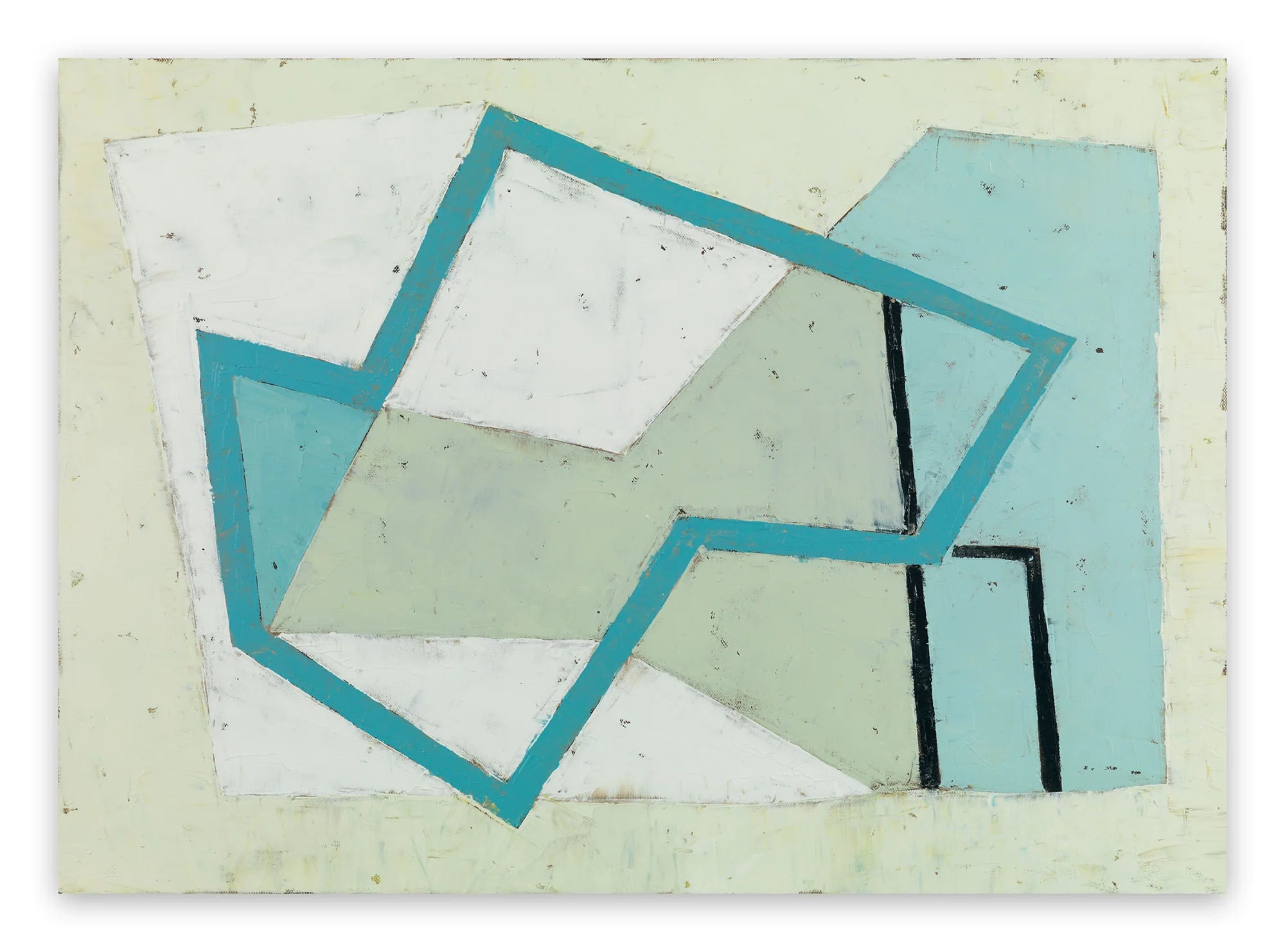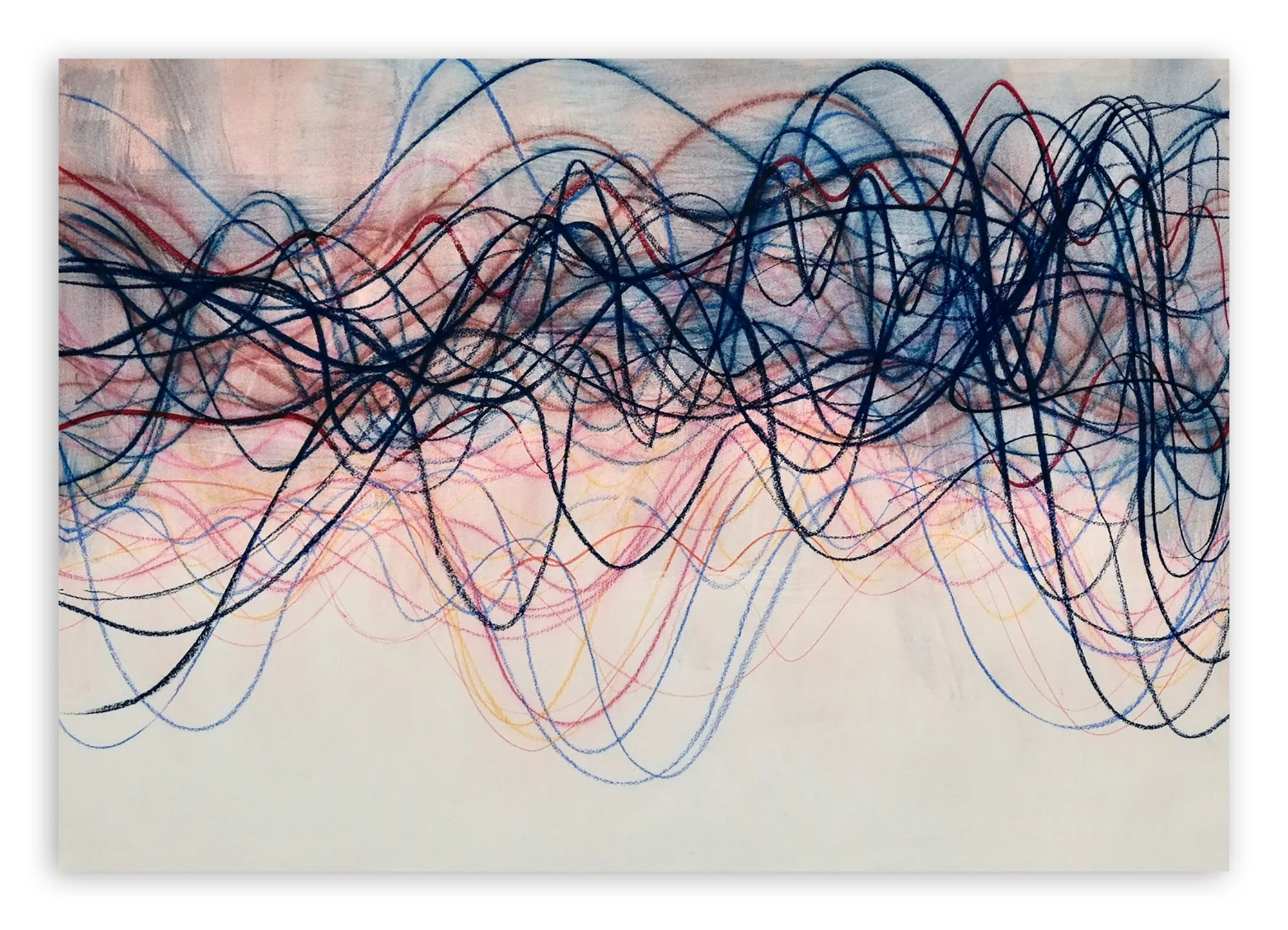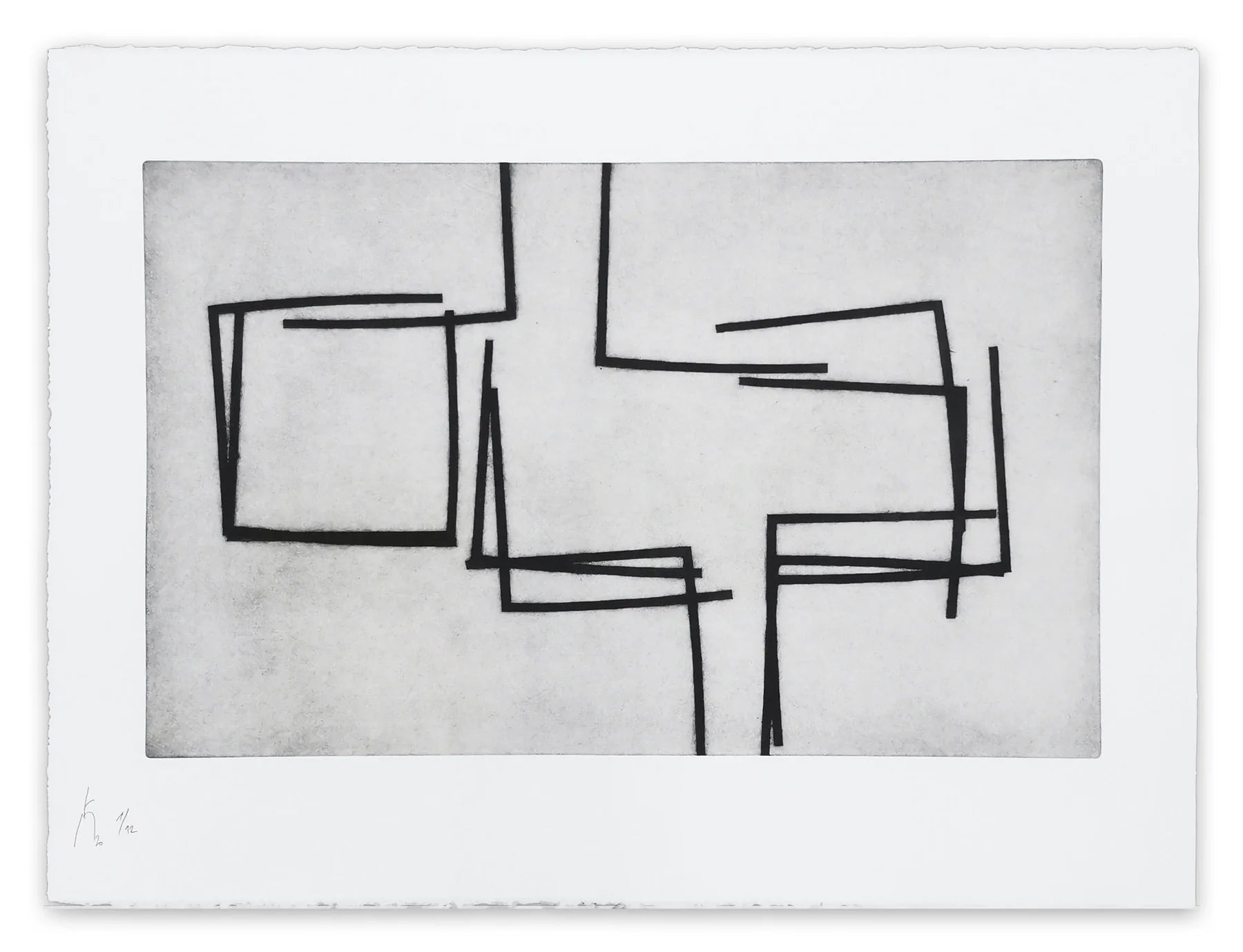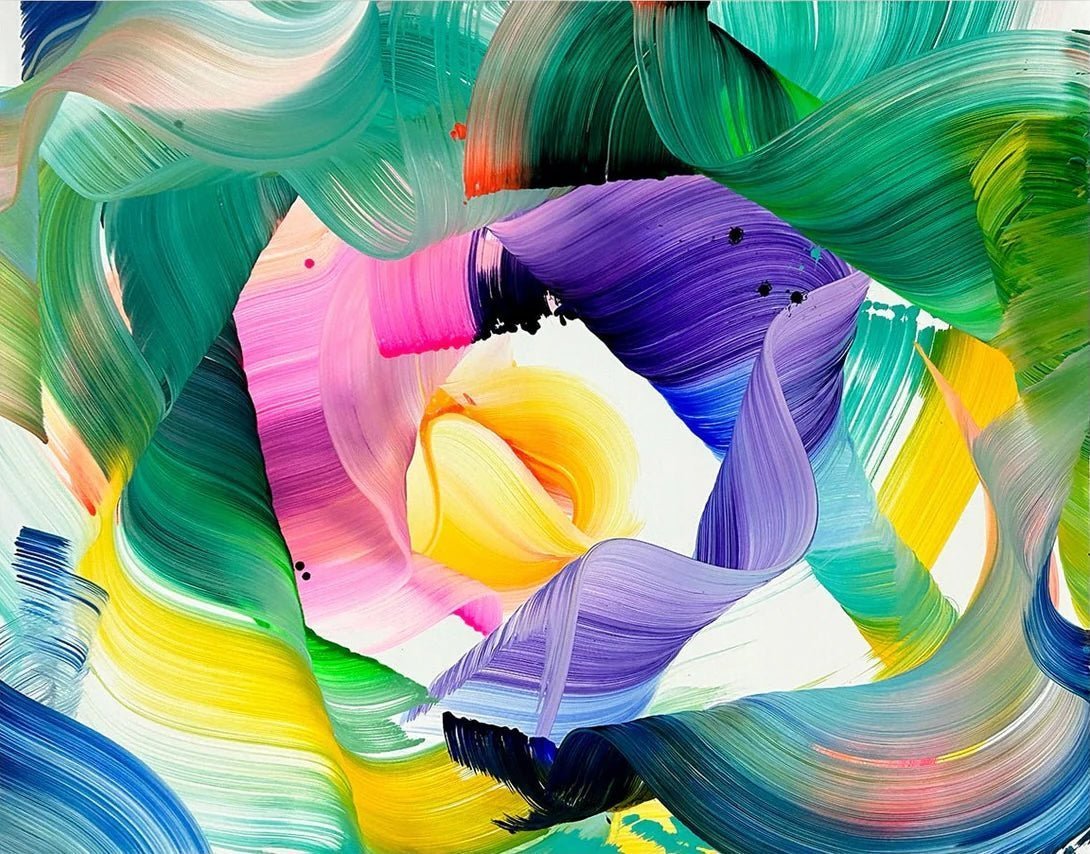
The Abstraction of Cubist Collage
Pablo Picasso and Georges Braque permanently altered the course of abstract art when they introduced the techniques of collage and papier collé (pasted paper) to their Cubist compositions. Some of their Cubist collage works were intended to convey a sense of hyperrealism by incorporating bits and pieces of their actual subject matters. Others were intrinsically abstracted by the inclusion of unrelated detritus such as newspaper clippings or refuse. Playful, experimental, and a challenge to the seriousness of so-called high art, Cubist collage inspired all types of Modern artists. It expanded the definition of painting, questioned existing notions of surface and dimensionality, and created a legacy that inspired Surrealism, Dadaism and even Pop Art.
The Why and How of Cubist Collage
Picasso’s Still Life with Chair-Caning, created in 1912, is considered to be Modern Art’s first collage. The work depicts a café scene. In addition to painted elements, it includes a section of actual whicker chair caning glued to the surface of the work. Cubists had been trying to portray reality the way the human mind perceived it, from multiple points of view and through the passing of time. By introducing non-painted, real-world materials to the surface of a painting, Picasso introduced an entirely new level of realism to the equation.

Pablo Picasso- Still Life with Chair Caning, 1912. Oil on oil-cloth over canvas edged with rope. 29 × 37 cm. Réunion des Musées Nationaux / Art Resource, NY Photo: R.G. Ojeda / Picasso, Pablo (1881-1973) © ARS, NY
George Braque, a close colleague of Picasso, quickly followed with another technique that accomplished a similar effect. In his painting Fruit Dish and Glass, he introduced papier collé, or pasted paper, affixing pasted bits of wallpaper onto the work.

Georges Braque-Fruit Dish and Glass, 1912. Charcoal and cut-and-pasted printed wallpaper with gouache on white laid paper; subsequently mounted on paperboard. 24 3/4 × 18 in. (62.9 × 45.7 cm). Leonard A. Lauder Cubist Collection, Gift of Leonard A. Lauder, 2016. © Artists Rights Society (ARS), New York
Cubist Collage Goes Abstract
These new techniques had a profound and immediate effect on the work of Picasso and Braque. Whereas they had previously focused on the conceptual realist side of Cubism , they now became more interested in materiality and the ability of collage to suggest multiple layers of meaning. Their collages became more abstract and less concerned with subjects that could be easily interpreted on one level.

Kurt Schwitters - Mz 601, 1923. Paint and paper on cardboard. 15 x 17 in. © 2017 Artists Rights Society (ARS), New York / VG Bild-Kunst, Bonn
The Legacy of Cubist Collage
Abstract artists all over Europe were immediately drawn to collage and papier collé. The ability of these techniques to blur meaning and challenge cultural references was an inspiration. The German painter Kurt Schwitters used them in his abstract absurdist works. Hannah Hoch used them in her activist Dadaist photomontages. The techniques even inspired a “collage aesthetic” that raised entirely new conceptual concerns as painters such as Fernand Léger imitated the appearance of collage, but with paint.
But the biggest gift Cubist collage gave to abstract art wasn’t technique, materiality or even dimensionality. It was interpretive malleability. Previously, any work of art could be seen as one half of a conversation between an artist and a viewer. Collage and papier collé expanded that conversation to include whoever made the collaged materials. An abstract work of collage isn’t only about the language of forms, lines and colors. It’s also about the provenance of the collaged elements, their potential meanings, their potential distractions and their potential truths: elegant and potentially profound additions to any work of abstract art.
Featured Image: Fernand Léger- La Ville (The City), 1919. Oil on canvas. © Artists Rights Society (ARS), New York / ADAGP, Paris
All images used for illustrative purposes only
By Phillip Barcio






